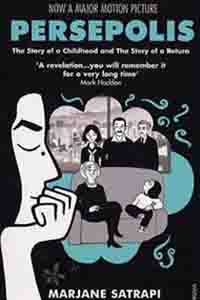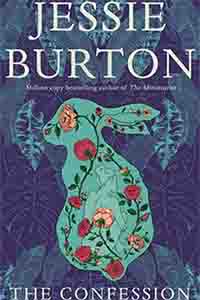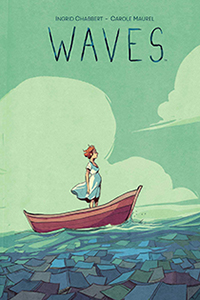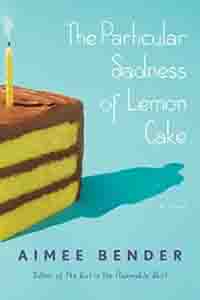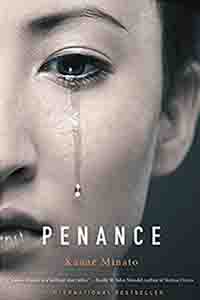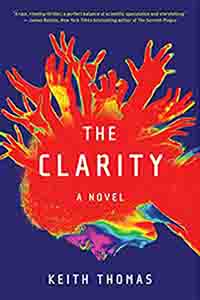“Persepolis is a stylish, clever and moving weapon of mass destruction.”
NO MAJOR SPOILERS
A really interesting graphic novel that tells the story of Marjane , a young girl growing up in Iran following the Islamic Revolution, before she is sent to Austria to school and eventually returns as a young woman.
As the coming of age story of a young woman it is uniquely placed to show the dramatic social changes that occurred during a time of political upheaval , and especially how the freedoms and lifestyles of women were curtailed by the introduction of a more religious regime. As well as Iran, Marjane also spent some of her teenage years in a boarding school in Vienna where she struggled with many of the issues that are universal to young women everywhere, but without the support of family or friends from a similar background.

